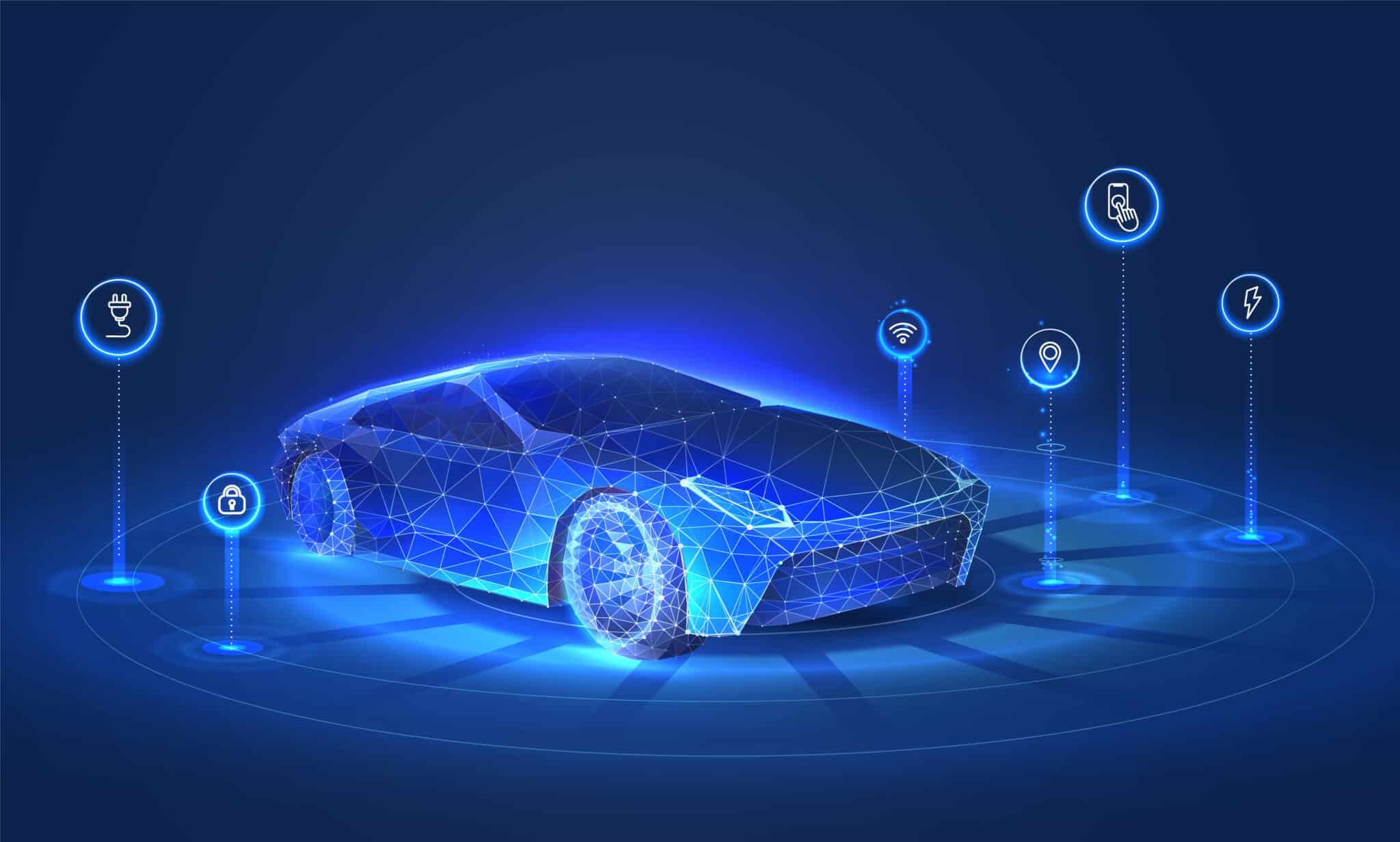Welcome back to AI in the Real World. With generative AI all the buzz at the moment, I’m taking the opportunity to discuss this topic in more detail. Generative AI and apps like ChatGPT have seen headline after headline over the past few months. I even wrote about my first impressions of ChatGPT soon after it launched late last year. While this launch was a defining moment for generative AI, the core technology behind ChatGPT has been around for decades and impacts a number of industries.
Table of contents
Let’s dive in.
What is generative AI?
According to the World Economic Forum, generative AI “refers to a category of artificial intelligence algorithms that generate new outputs based on the data they have been trained on.”
How does ChatGPT describe it? Generative AI “is a subset of artificial intelligence that involves the creation of new and original content, such as images, music or text, through machine learning algorithms.” It goes on to mention that these models are trained on a large dataset of examples and then use this knowledge to generate new content that is similar to the original dataset but has never been seen before.
A pretty solid answer.
A brief history of generative AI
The history of generative AI dates to the 1950s and 1960s, when researchers first began exploring the possibilities of artificial intelligence (AI). At that time, AI researchers were focused on developing rule-based systems that could simulate human thinking and decision-making. Throughout the years, researchers began to experiment with generative models used in speech recognition, image processing and natural language processing (NLP).
As we approached the new millennium, new generative models such as Bayesian networks and Markov models were used in robotics and computer vision. Once deep learning was introduced and further developed, there was major growth. By 2014, the introduction of generative adversarial networks (GANs), a type of machine learning algorithm, generative AI applications were able to create authentic images, videos and audio of real people.
Today, generative AI is used in a wide range of applications, from creating art and music to designing new products and improving healthcare. With advances in technology and increased access to data, the field of generative AI is continuing to evolve and expand, providing new opportunities for innovation and discovery.
Generative AI industry impacts
The growth of generative AI models and applications has expanded past technology-based industries, impacting fields from creative-based industries to customer service. Let’s chat about some of those industries.
Data Analysis
Generative AI has transformed the way people work in the field of data analysis. With the ability to process vast amounts of data in real time, generative AI can identify patterns and make predictions that would otherwise be difficult – if not impossible – for humans. This has led to a significant increase in efficiency and accuracy in fields such as finance, marketing, and healthcare.
In finance, generative AI is used to analyze market trends and identify potential investment opportunities. If you remember from the first edition of this blog series, I touched on Robo-Advisors and the creation of automated investing.
Language Translation
The field of language translation has also benefitted significantly from generative AI technology. With the help of NLP algorithms, generative AI can translate text and speech between languages with great accuracy. This enables businesses to communicate more effectively with customers and partners across different countries and languages.
Customer Service
Chatbots and virtual assistants powered by generative AI have become increasingly popular, allowing businesses to provide 24/7 customer service and reducing the need for human intervention. This has led to significant cost savings for businesses and improved customer satisfaction.
Education
Within education, generative AI is coming up with new ways of creating and delivering content to students. For example, it is used to create interactive simulations that help students learn complex concepts in science and engineering. It can also be used to create personalized learning experiences by generating quizzes and assessments that adapt to each student’s level of understanding.
Further, generative AI helps teachers create new educational materials. For instance, teachers can use generative AI to create new lesson plans, generate customized worksheets, and even create learning materials such as textbooks. These tools are especially helpful in subjects like literature, where generative AI can create new stories or analyze existing texts to help students understand complex themes.
Marketing
Generative AI is transforming marketing by providing new ways to create and distribute content. The technology is used to generate personalized advertisements for each customer based on their preferences, browsing history, and buying behavior. This improves the effectiveness of advertising by creating targeted and relevant content.
Generative AI also helps companies create new content quickly and efficiently. Using an application like ChatGPT, social media posts, product descriptions, and even entire marketing campaigns can be developed quickly and efficiently.
Creativity
Generative AI has significantly impacted the creative industry, allowing artists and designers to create new and unique content much easier and quicker than before. For instance, generative design tools have become increasingly popular in architecture and engineering, allowing architects to create complex structures and designs with the help of AI algorithms.
In the entertainment industry, generative AI is used to create music and videos. The popular music app Amper, for example, uses generative AI to create original music for content creators, allowing them to produce professional-quality music in a matter of seconds.
Having spent most of my adult life working in the creative arts (my first career was in music), this application of the technology is of particular interest to me, but full disclosure – I am hardly a neutral observer. Keeping in mind my inevitable bias when it comes to the arts, I would want to make a distinction between the conception of “generative” as it applies to AI, and that of “creative” – this is a distinction analogous in my view to that between “craft” and “art,” or between “artisan” and “artist.” In each of these oppositions, there is genuine value on both sides of the equation. This is to say that the work of the artisan or the craftsperson can be highly valuable/valued, but it is arguable whether this work is necessarily art.
In my view at least, the value proposition for the respective halves of each opposition: creative vs generative; artistic vs artisanal; etc., is quite different. To my mind, great art (or literature, music, poetry) is characterized by motivated innovation. So whereas AI-generated art (in all its forms) is, I think, entirely a product of what it has learned or absorbed, real human-generated art (as opposed to craft) is a product of all that has come before while at the same time, a reaction- and often rejection-of what has come before. This is to say that the relationship between AI and training data is not, for the moment at least, the same as the relationship between human intelligence and the world of experience that forms our training data. AI absorbs data, whereas human intelligence has a more polemic relationship with data that involves challenging and arguing the validity of what it encounters. And this is a gap that I don’t see AI being able to bridge any time soon. But, I could be wrong (and have often been before!).
So, to conclude, as with any new developments in tech and AI, human interaction is still needed today and into the foreseeable future. AI isn’t quite sophisticated enough to pull in the same emotional appeal that a real person can add. But the future is bright and generative AI can support us as we create new bodies of work and take some of the hardships out of the process. For example, most of this blog post was written by a generative AI tool, specifically ChatGPT. A post about generative AI, written by generative AI (spot the boundaries?). I don’t know about you, but I think that is pretty cool.
Until next time!




